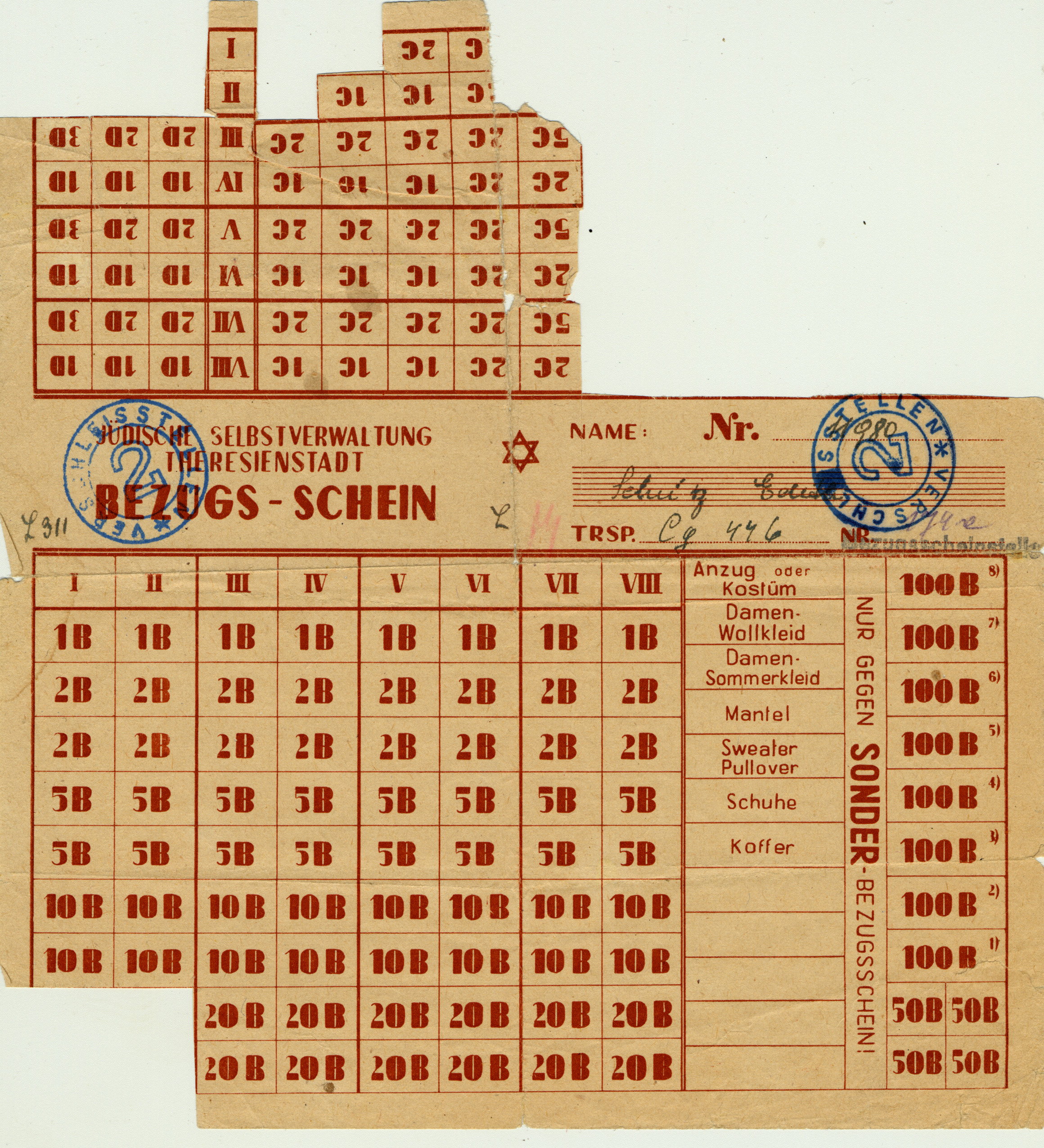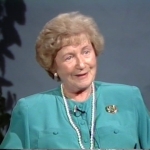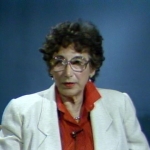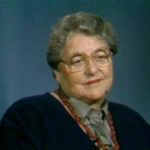Ghetto
Sasha Friedenstein
Sasha Friedenstein recalls the creation and the living conditions of the Riga ghetto.
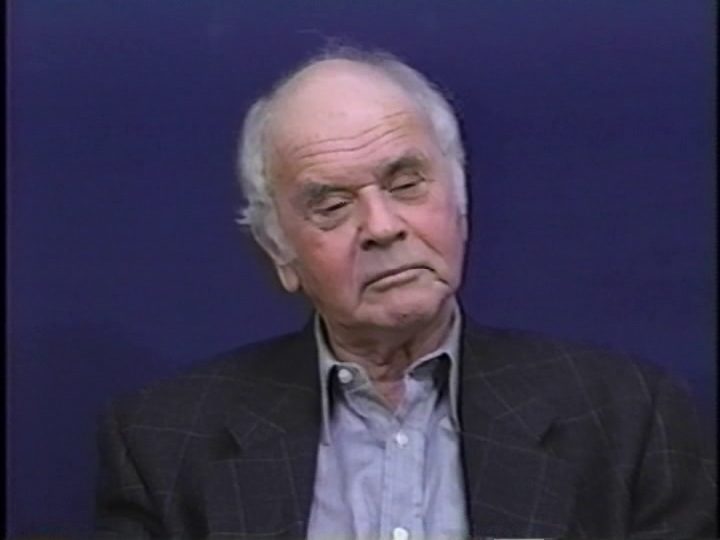
Source: Montreal Holocaust Museum, 1996
Sasha Friedenstein was born in 1925 in Riga (Latvia). His father Israel had a book and music store, and his mother Mina looked after Sasha and his three sisters. A few weeks after Germany invaded the Soviet Union in June 1941, Riga was occupied by German troops. Several thousand Jews were shot in the days following the occupation.
In mid-August 1941, the Germans decreed the establishment of a ghetto and all the Jews of Riga were forced to move there. By the time the ghetto, set up in a poor suburb of Riga, was sealed in October, close to 30,000 Jews were concentrated there.
Sasha and his family shared a small two-room apartment in the ghetto. Sasha was the only member of his family who worked in the small ghetto. In November, the 4,000 to 5,000 working inhabitants of the ghetto were moved into the small ghetto, which was a portion of the ghetto the Germans had fenced off. The rest of the ghetto’s population was taken to the nearby Rumbula forest and shot. Sasha’s entire family was murdered there.
In Latvia, Sasha was deported first to the Kaiserwald concentration camp and from there to one of its sub-camps, Dondangen, where the prisoners worked as slave labourers in construction. The conditions were terrible, the prisoners got meager rations and were frequently beaten. As the Soviet troops were approaching in the middle of 1944, the Germans transferred the inmates to the Stutthof concentration camp in occupied Poland. After a few weeks, Sasha was taken out to work in a sub-camp of Stutthof in Königsberg (today Kaliningrad, Russia). He worked as a slave laborer in German wagon factory making grenades for the German army.
As the Red Army was approaching in January 1945, the prisoners were forced on a death march toward the Baltic Sea. Sasha escaped and made his way over to the Soviet army. He was sent to the front to fight for the Soviets.
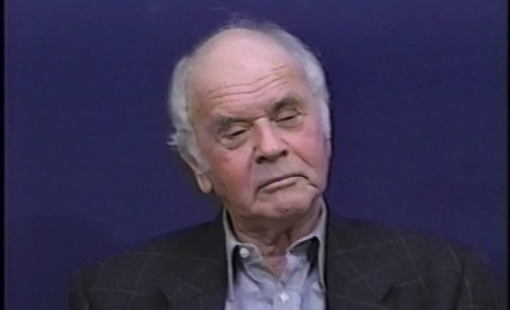
The ghetto was established in the poorest section of Riga. And to that area where about 3,000 Russians lived, over 32,000 Jewish people had to move.
Sasha Friedenstein
After liberation, Sasha learned that no one survived from his family. He was smuggled from Poland to Germany by the Bricha, an organized underground movement that helped Jewish refugees immigrate illegally to Palestine. Sasha stayed in a displaced persons camp in Hessisch Lichtenau.
He wanted to immigrate to America where he had an aunt but he could not get a visa. Helped by the American Joint, a Jewish organization that looked after refugees, he went to Paris, where he learned the fur trade in an ORT (Organisation for Rehabilitation through Training) school. He heard from a cousin that it was possible to immigrate to Canada through a labor scheme for farm workers but the immigrants had to commit to working on a farm for a year.
Sasha arrived in Canada in 1948 and worked for a year at a Jewish egg farm in Sainte-Sophie. When the year was up, he moved to Montreal, where he worked in the fur trade. Sasha has four children from two marriages and seven grandchildren.
